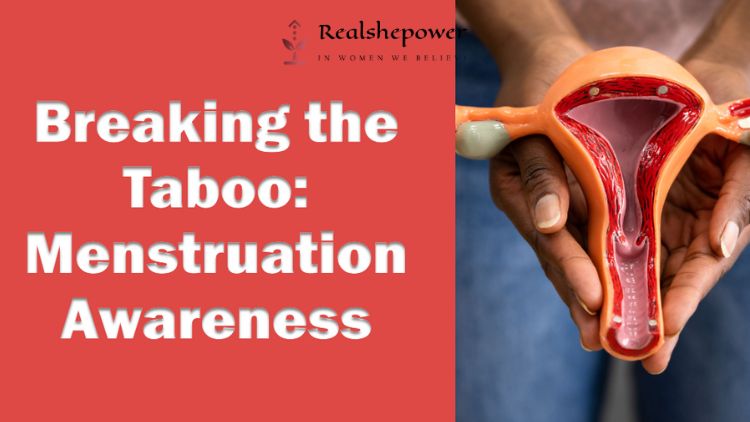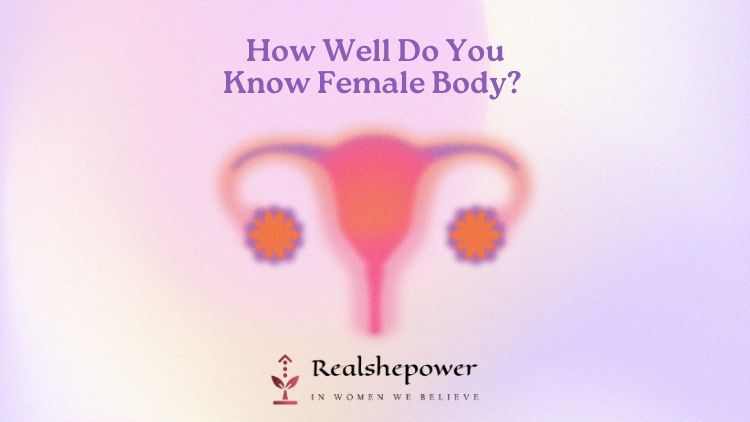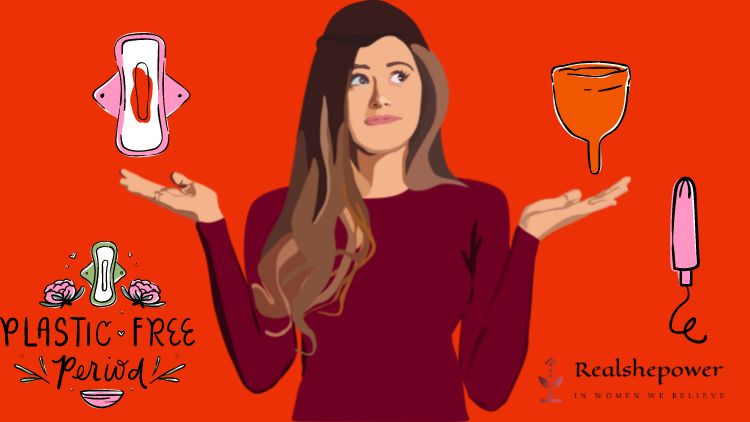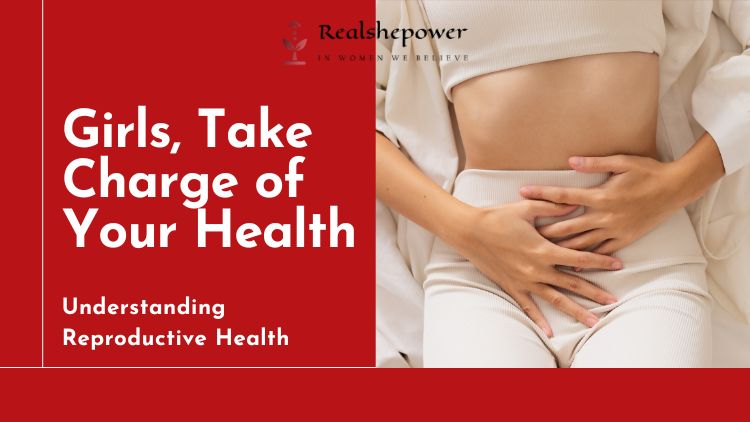The Critical Gap in Menstrual Education: Bridging the Divide for a Healthier Future


In societies worldwide, the transition from childhood to adolescence is marked by numerous physical and emotional changes. Among these, menstruation stands as a significant biological milestone for individuals born female. However, despite being a natural part of human existence, menstrual education remains a critically overlooked area, leading to significant gaps in knowledge, preparedness, and acceptance. This oversight not only perpetuates myths and taboos but also has real-world implications for the health, well-being, and empowerment of millions.
Table of Contents
Barriers to Access: Unpacking the Challenges in Menstrual Education and Hygiene
Access to menstrual education and hygiene is a fundamental human right, yet numerous barriers prevent individuals and communities worldwide from attaining this basic need. These challenges span cultural, economic, educational, and infrastructural domains, creating a complex web that demands multifaceted strategies to overcome. Here’s a closer look at some of the key barriers to access in menstrual education and hygiene:
1. Socio-Cultural Stigma and Taboos:
- Silence Around Menstruation: In many societies, menstruation is shrouded in silence and shame, preventing open discussions about menstrual health and hygiene. This cultural stigma can lead to misinformation, fear, and a sense of isolation among menstruating individuals.
- Gender Norms and Discrimination: Deep-rooted gender norms often portray menstruation as dirty or impure, leading to discriminatory practices that restrict the participation of menstruating individuals in daily life activities, including attending school, entering places of worship, and engaging in community events.
2. Lack of Education and Awareness:
- Inadequate Curriculum: Menstrual education is often missing or superficial in school curricula, leaving both girls and boys without essential knowledge about menstrual health and hygiene. This gap in education perpetuates myths and misconceptions, hindering informed decision-making and self-care practices.
- Limited Access to Information: In areas with limited access to media, the internet, and health services, obtaining accurate and comprehensive information about menstruation can be challenging, exacerbating the lack of awareness and understanding.
3. Economic Barriers:
- Affordability of Menstrual Products: The high cost of menstrual products, such as pads, tampons, and menstrual cups, makes them inaccessible for many, especially in low-income communities. This economic barrier can lead to the use of unsafe materials, compromising menstrual health and hygiene.
- Poverty and Prioritization: In economically disadvantaged families, purchasing menstrual products may be deprioritized over other urgent needs like food and shelter, further limiting access to these essential items.
4. Infrastructural Challenges:
- Lack of WASH Facilities: Adequate water, sanitation, and hygiene (WASH) facilities are crucial for menstrual hygiene management. However, many schools, workplaces, and public spaces lack private and safe WASH facilities, making it difficult for individuals to manage their menstruation hygienically and with dignity.
- Inadequate Disposal Options: The absence of proper disposal mechanisms for menstrual products can pose environmental and health risks, besides being a deterrent to using hygienic menstrual products.
5. Health System Constraints:
- Limited Healthcare Provider Training: Many healthcare providers receive insufficient training on menstrual health, leading to a lack of support and misinformation when individuals seek medical advice for menstrual issues.
- Access to Healthcare Services: In remote or underserved areas, access to healthcare services for menstrual-related disorders or complications can be limited, delaying diagnosis and treatment of conditions like endometriosis, polycystic ovary syndrome (PCOS), and others.
6. Technological and Information Gaps:
- Digital Divide: The gap in access to digital technology and the internet exacerbates inequalities in menstrual education, as many online resources, apps, and platforms are not accessible to all.
- Misinformation Online: While the internet is a valuable resource for information, it can also propagate myths and misinformation about menstruation, complicating efforts to provide accurate education.
Overcoming these barriers requires a coordinated effort among governments, NGOs, community leaders, educators, healthcare providers, and the private sector. Initiatives must be culturally sensitive, economically feasible, and inclusive, ensuring that everyone, regardless of their background, has access to the education and resources needed for healthy menstrual management.
The Role of Media and Technology: Harnessing Innovation for Menstrual Education
In today’s interconnected world, media and technology wield immense influence, shaping attitudes, beliefs, and behaviors on a global scale. Recognizing their potential as catalysts for change, advocates of menstrual education have increasingly turned to these platforms to challenge stigma, disseminate accurate information, and empower individuals worldwide. Here’s how media and technology are revolutionizing menstrual education:
1. Digital Platforms for Awareness:
Digital platforms, including websites, mobile applications, and social media channels, serve as powerful tools for raising awareness about menstruation. Organizations and activists leverage these platforms to share educational resources, debunk myths, and engage with audiences in interactive and informative ways. From animated videos explaining the menstrual cycle to live Q&A sessions with healthcare professionals, digital content plays a crucial role in disseminating accurate information and fostering open dialogue.
2. Social Media Campaigns:
Social media platforms offer a dynamic space for launching impactful campaigns that challenge menstrual stigma and promote menstrual hygiene. Hashtags such as #PeriodPositive and #MenstruationMatters amplify voices, spark conversations, and unite individuals around the world in breaking the silence surrounding menstruation. Influencers, celebrities, and grassroots activists leverage their platforms to share personal stories, advocate for policy change, and mobilize communities in support of menstrual education initiatives.
3. Educational Apps and Games:
Interactive educational apps and games provide engaging and accessible ways to learn about menstruation. From period tracking apps that help individuals monitor their menstrual cycles to interactive quizzes and simulations that teach anatomy and physiology, these digital tools cater to diverse learning styles and preferences. By gamifying the learning experience, these apps make menstrual education enjoyable and empowering for users of all ages.
4. Podcasts and Webinars:
Podcasts and webinars offer platforms for in-depth discussions and expert insights into menstrual health and hygiene. Health professionals, researchers, and advocates host podcasts and webinars covering a wide range of topics, from menstrual disorders and hygiene practices to cultural taboos and policy advocacy. These platforms provide a space for nuanced conversations, allowing listeners to gain valuable knowledge and perspectives from trusted sources.
5. Digital Storytelling:
Digital storytelling initiatives harness the power of personal narratives to humanize menstruation and challenge stereotypes. Through videos, blogs, and multimedia projects, individuals share their lived experiences with menstruation, highlighting the diverse ways it intersects with culture, identity, and social norms. By amplifying marginalized voices and celebrating diverse experiences, digital storytelling initiatives foster empathy, understanding, and solidarity among audiences worldwide.
6. Period-Positive Advertising:
Advertising campaigns play a significant role in shaping societal attitudes toward menstruation. Increasingly, brands are embracing period-positive messaging, challenging traditional taboos and stereotypes. Advertisements for menstrual products now feature realistic portrayals of menstruation, depicting blood and bodily functions without shame or stigma. By normalizing menstruation in advertising, brands contribute to a broader cultural shift toward openness and acceptance.
A Collective Responsibility
The critical gap in menstrual education is more than a health issue; it is a matter of social justice and human rights. Bridging this gap requires concerted efforts from governments, educators, health professionals, communities, and individuals. By prioritizing menstrual education, society can take a significant step towards empowering individuals, promoting gender equality, and ensuring that the natural process of menstruation is recognized and respected for what it is—a normal, healthy part of life.
The 5 Most Important Things You Ever Needed To Know About The Female Body

Tampons, Pads, Or Cups: What’s The Best Menstrual Product For You?

Knowledge is Power: Understanding Reproductive Health for Empowered Teen Girls

Stay connected with RealShePower for more insights into the challenges and triumphs shaping women’s lives today.
